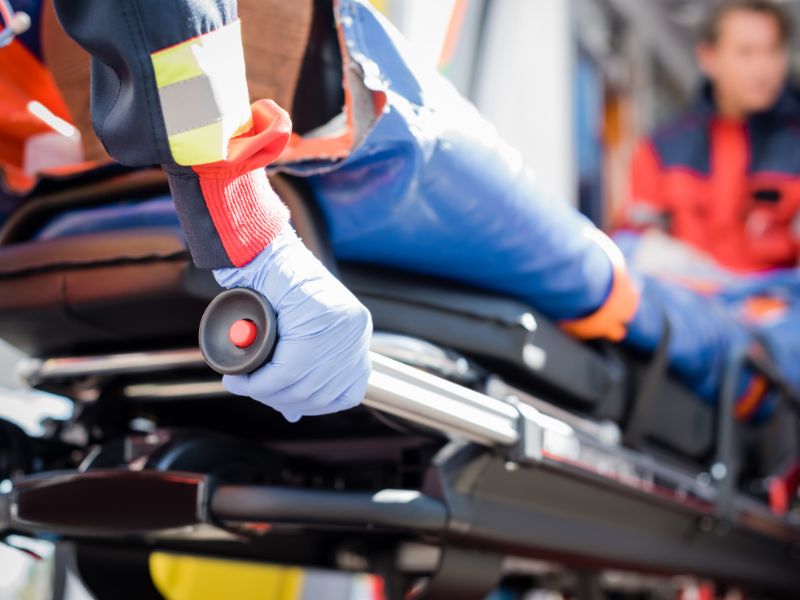
Innovation and Safety: The Key Components of Ambulance Stretchers
Discover the essential features of ambulance stretchers, pillars of emergency medicine
How are stretchers constructed and what are they made of?
Stretchers used in ambulances are designed to keep patients safe and easy to move. They are mostly made of lightweight metals like aluminum. This combination of strength and reduced weight is crucial for easily loading and unloading patients. Some newer models, like the Ferno Power X1, are equipped with batteries that power hydraulic systems. These can automatically adjust the height of the stretcher, making it easier for emergency teams to move patients in and out of vehicles.
Special features for different needs and patient comfort
Today’s stretchers can adapt to many emergency cases. Many come with reclining backrests, allowing patients to sit or lie down as needed. Built-in mattresses and cushions ensure patient comfort and reduce the risk of pressure sores from being in one position for too long. Straps and belts help keep patients secure, especially on rough terrain. This is crucial in emergencies.
Advanced Technologies for Efficient Transport
Ambulance stretchers are now equipped with automated loading systems that greatly facilitate the work of EMS personnel. These systems, like Stryker’s Power-PRO, use hydraulic and electric assistance to lift and lower the stretcher automatically, minimizing the physical strain on rescuers. Additionally, some stretchers are equipped with integrated patient monitoring systems, allowing continuous measurement of vital signs during transport, and telemetry systems for real-time data transmission to hospital staff.
Accessories and Compatibility for every need
Ambulance stretchers can be customized with a range of accessories to meet specific needs. Oxygen cylinder holders, IV pole, and hooks for medical equipment are standard on many models, like the Ferno Power X1, which also offers advanced stability thanks to TipRESIST technology. Furthermore, compatibility with different fastening systems allows integration of stretchers into various ambulance fleets, simplifying emergency management and ensuring transport safety.
Sources


